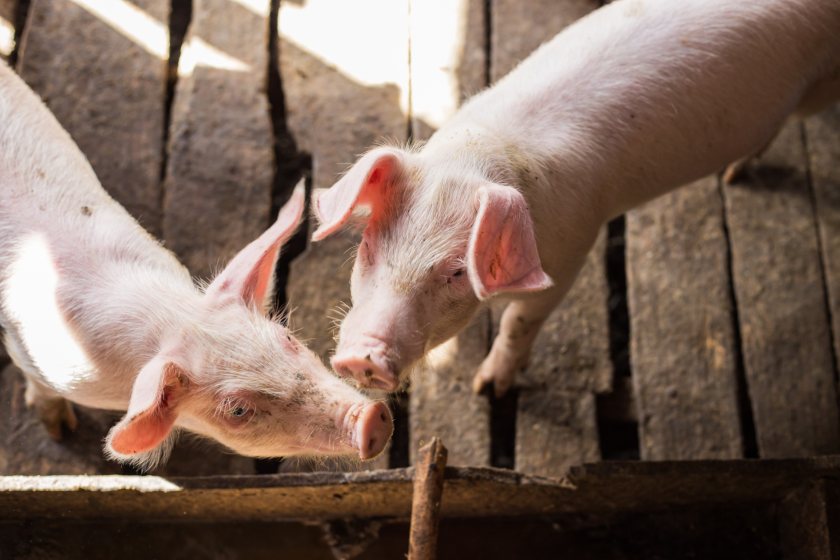
Despite improved profitability, global pork producers are cautious on herd rebuilding due to ongoing trade, disease, and demand uncertainties.
Logistical challenges and potential impacts from La Niña further complicate the market, while pork consumption shows a positive trend.
This is according to a new report published by RaboResearch, which notes that biosecurity remains a top priority due to ongoing disease risks.
The global sow herd remained steady through Q3 2024, with little sign of expansion despite improved profitability in some regions.
Christine McCracken, analyst for RaboResearch, said: “We expect a seasonal production increase as temperatures cool and fresh corn becomes available, though herd health challenges typically rise during this period."
Disease outbreaks in South Korea, Russia, and the EU have led to production losses in the second half of 2024, limiting herd rebuilding despite effective biosecurity measures.
China’s moderating disease pressure should support a return to herd growth in 2025, while slight production growth is also expected in Brazil, the US, and southern EU countries.
Global feed inventories are nearing their best level in years, and hog production costs are lower in most regions, the report explains.
However, dry conditions in South America and Asia remind us that feed cost advantages are not uniform.
In 2024, lower corn and soymeal costs have provided margin relief in some regions, while tighter wheat supplies have kept costs high in others. Even a mild La Niña creates regional disparities.
North America’s large harvest has rebuilt stocks, but the European Union and Asia have fallen short, RaboResearch says.
“With global stocks providing an adequate buffer, we project another year of moderate cost of gain for most leading pork producers in 2024/25,” explained Ms McCracken.
Concerns about localised production shortfalls due to La Niña are focused on South and Central Asia, southern South America, northern Mexico, and East Asia.
Dry conditions in Brazil have already delayed soybean planting and could reduce safrinha (second crop) corn acreage in 2025.
Pork consumption continues to improve, driven by better economic trends. Lower energy costs are helping to slow inflation, though higher costs for services and food weigh on consumers.
Stronger seasonal demand and the high cost of competing proteins should support favourable consumption in Q4 2024.
“Consumer confidence remains a challenge in many markets due to ongoing economic difficulties," Ms McCracken said.
"Consumption trends will impact prices, investment decisions, and global trade."
